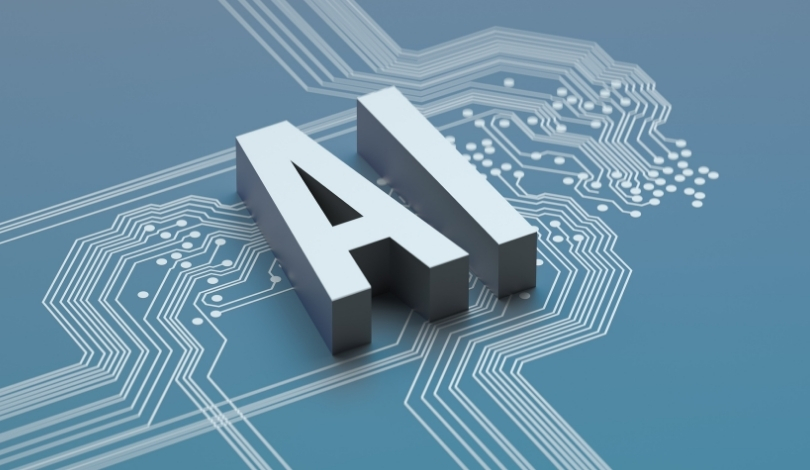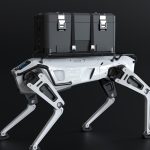EngineAI is drawing increased industry attention after concluding high-value pre-A++ and A1 funding rounds totaling approximately $139.7 million USD. With this new capital, the Shenzhen-based company prepares to scale up its production capabilities, broaden its product portfolio, and apply embodied intelligence technologies across a range of commercial applications. The rise of EngineAI reflects both fierce competition and strong investor confidence in the global humanoid robotics sector, which is experiencing rapid projections for growth fueled by demand in manufacturing, logistics, and services. Competing in a field that includes established partnerships and integrated AI, EngineAI’s approach spotlights evolving trends in technology development and commercialization strategies in robotics.
Earlier reports on EngineAI highlighted its initial research and development focus, with demonstrations of its humanoid prototypes showing agile movement but limited real-world applications. Compared to past information, the company has now attracted strategic investment from large players like XPeng-backed Rockets Capital and JD.com, signaling a shift from proof-of-concept models towards full commercialization. Previous estimates placed EngineAI in a crowded field of robotics startups; today, its funding and corporate alliances have positioned it as a significant contender within the changing landscape of humanoid robotics.
What Makes EngineAI’s Technology Stand Out?
EngineAI has built humanoid and quadruped robots that use proprietary joint modules, which the company says deliver high torque, speed, and realism in movement. Integrating traditional control architectures with reinforcement learning, these robots are reportedly able to perform intricate maneuvers, such as complex dances and dynamic athletic motions, with millimeter-level accuracy. The company explains,
“Our joint modules set industry benchmarks for explosive power, torque, and rotational speed, enabling lifelike motion.”
By solving challenges in simulation-to-reality transfer, EngineAI aims to achieve a balance between precision, efficiency, and reliability across demanding applications.
How Is EngineAI Deploying Its Funding?
The nearly $140 million investment will be directed at moving from small-scale trials to mass production, expanding research and development, and growing the workforce across manufacturing and marketing operations. With production segments surpassing initial capacity goals, EngineAI forecasts it will meet further optimization targets by the fourth quarter of 2025. The company expects a five-fold increase in staff to keep pace with growing market demand, while also enhancing internal training programs and partnerships.
What Partnerships Are Fueling Commercialization Efforts?
Strategic collaborations have been established with organizations such as NVIDIA, Amazon, JD.com, Tencent, and ByteDance to bolster commercial deployment in fields including hazardous work, logistics, and tourism. EngineAI has introduced an “open-source hardware + ecosystem profit-sharing model”, designed to encourage broader application development and integrate both business partners and developers in its ecosystem. The company emphasizes,
“This dual approach truly meets market demands and gradually penetrates into consumer households, forming a unique commercial ecosystem.”
While EngineAI’s recent moves reflect the intensifying commercial push in humanoid robotics, several market projections remain uncertain, ranging from $15 billion to $5 trillion in global market value over the coming decades. EngineAI’s funding and partnership-driven production ramp contrast with some earlier-stage competitors still focused on initial prototyping or pilot trials. For stakeholders and potential investors, it is important to note that the pace of commercialization in robotics often depends not just on technological capability but also on supply chain readiness, partner ecosystem depth, and regulatory acceptance. Given the continuing growth in enterprise demand for robotics solutions, businesses looking to adopt humanoid robots should consider both the technical specifications and the long-term support commitments of providers like EngineAI. Monitoring a vendor’s ability to deliver at scale, adapt to evolving use cases, and build sustainable partnerships will be essential for successful integration in business operations.










